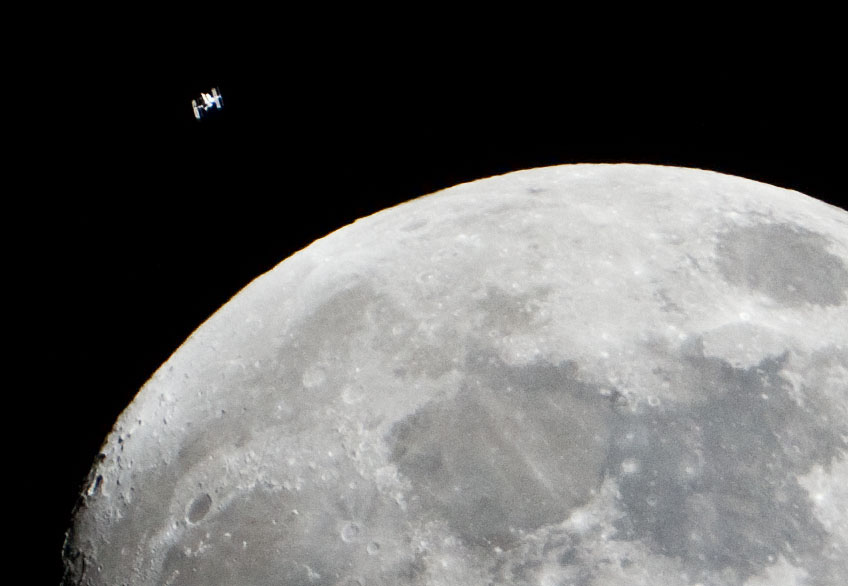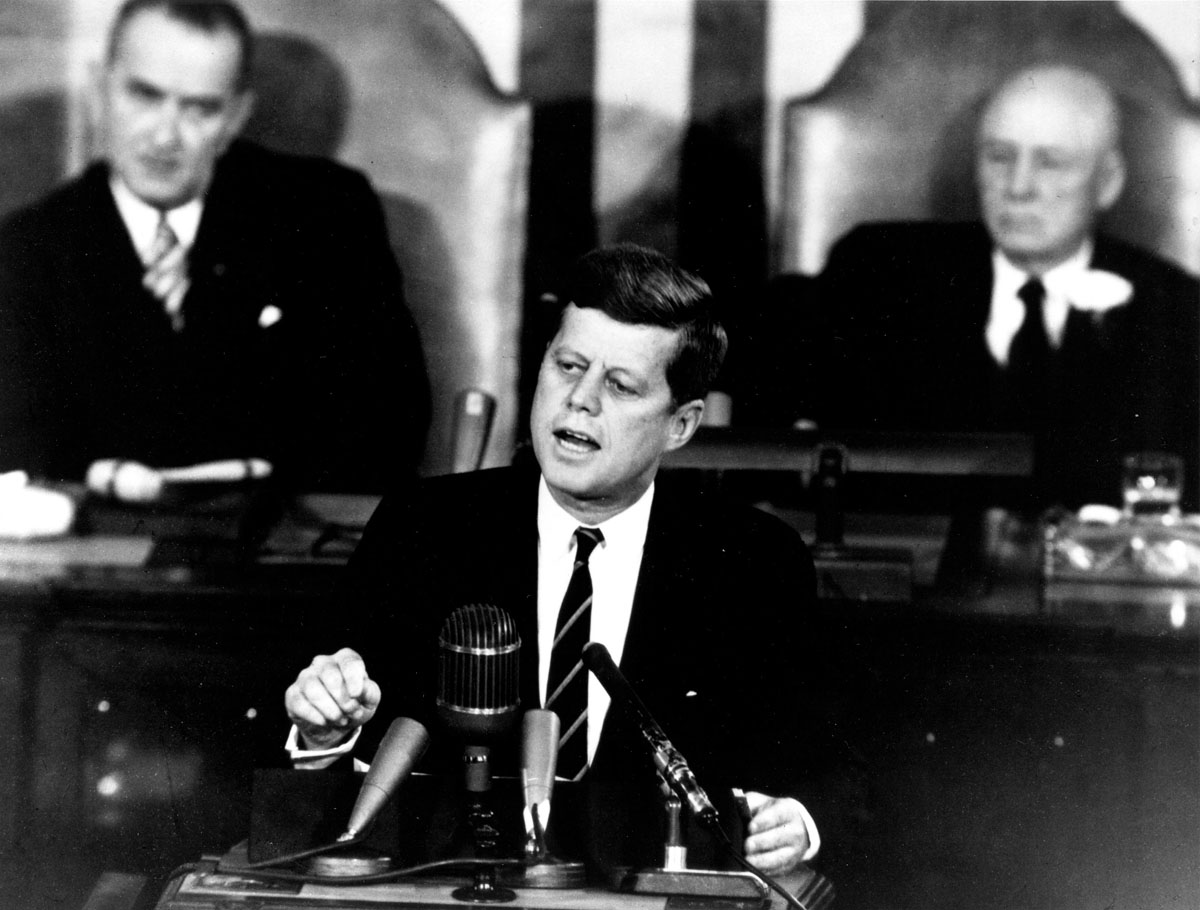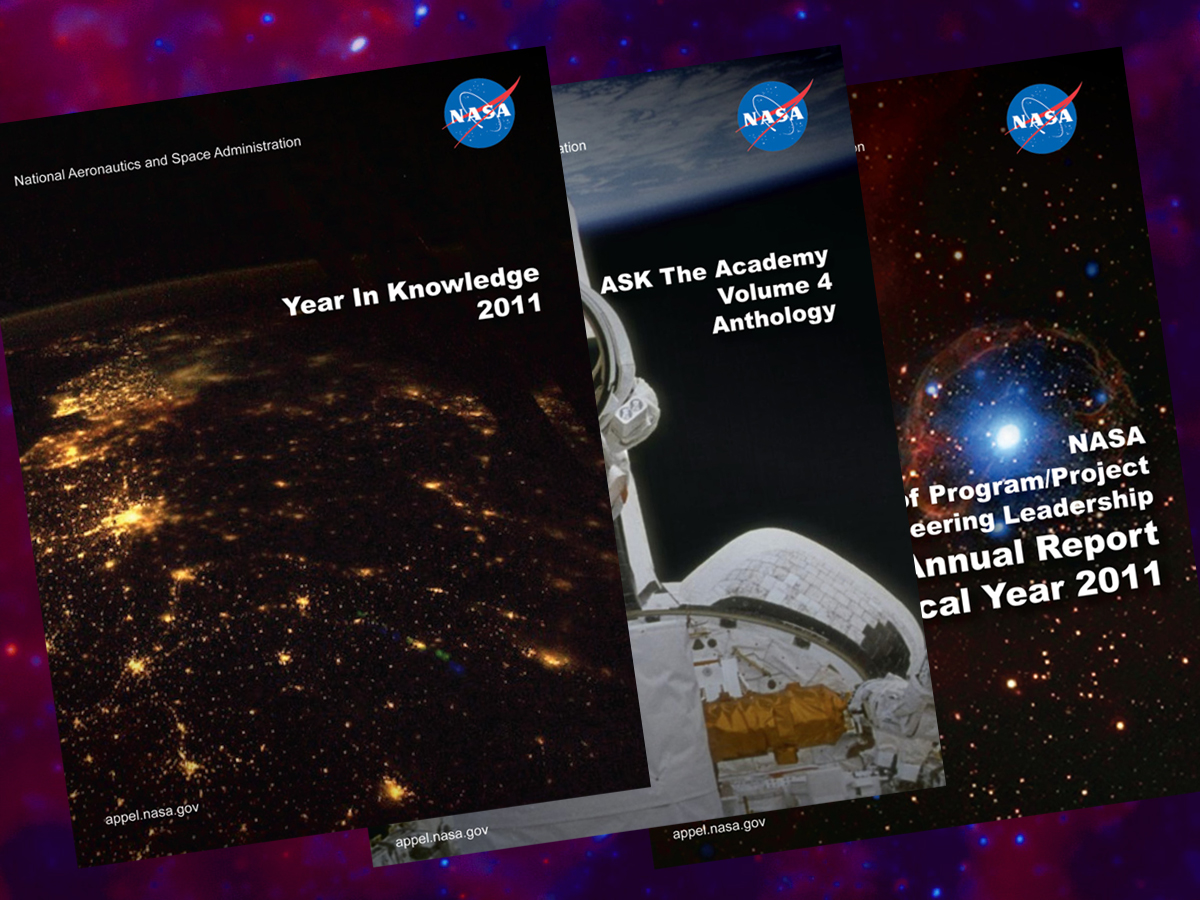
January 26, 2012: Volume 5, Issue 1
A young team of engineers had one year and a lot to learn before getting their rocket off the ground.
Project Hands-On Learning Experience (HOPE) offered a team of young engineers the opportunity to design, develop, build and launch a suborbital flight project within one year. The concept for HOPE originated with a request in 2006 by then-NASA Chief Engineer Chris Scolese to find creative ways of giving young NASA employees the skills needed to lead future projects and programs. The result was a collaboration between the Academy of Program/Project & Engineering Leadership and the Science Mission Directorate to stand up a yearlong training program for young engineers.
The first team selected for Project HOPE was the Terrain-Relative Navigation and Employee Development (TRaiNED) project from the Jet Propulsion Laboratory (JPL). Its mission built upon a 2006 initial development test conducted on a sounding rocket flight. The previous flight had collected analog ground imagery during the descent portion of the rocket’s trajectory and inertial measurement unit (IMU) and GPS data from launch to landing in order to further develop terrain-relative navigation computer algorithms. The TRaiNED project expanded on the initial mission to include exo-atmospheric imagery in addition to descent imagery. TRaiNED was part of JPL’s Phaeton Early Career Hire Development Program.
The Academy captured the TRaiNED team’s experiences, challenges, and insights on video throughout the year. The first of five episodes was released this month is available on the APPEL YouTube and iTunes University sites. Watch their yearlong story unfold.








